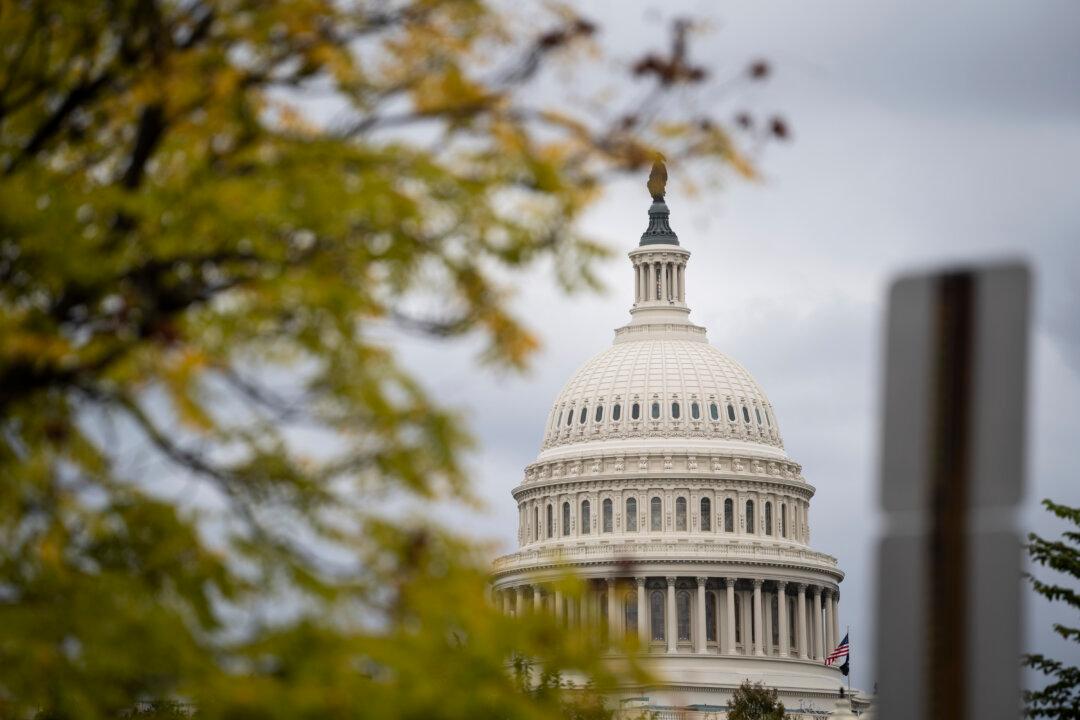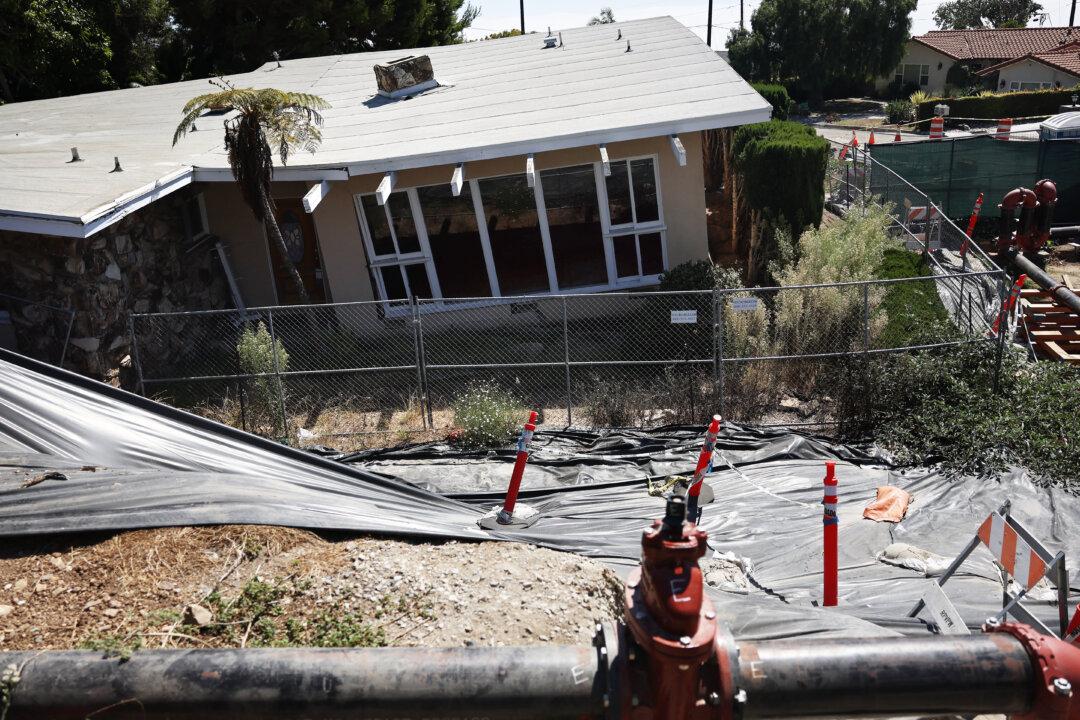The Study Times , a Chinese Communist Party magazine published by the Party School, recently reported that in 2004, the total expense for government officials’ vehicles and dining was as high as 600 billion yuan (about US $75 billion). Additionally, each year approximately 300 billion yuan (US $37 billion) was spent on officials’ visits to other countries, according to 1999 statistics. These three public expenses total 900 billion yuan (US $112 billion) a year, which approaches one third of China’s three trillion yuan (US $374 billion) annual fiscal income.
Expenses for Government Vehicles
The article reported that the reform of the government’s fleet of vehicles has been discussed for years; everyone agrees that the current system must be changed. The report cited that in 2004, there were at least four million government vehicles in China. The public funds spent on these vehicles was almost 408 billion yuan (US $51 billion), which represented about 13% of the total annual fiscal income of China.
Similarly, the report indicated that each year more than 200 billion yuan (US $25 billion) in public funds were spent on dining. The total for government vehicles and dining adds up to more than 600 billion yuan (US $74 billion) each year, which is about 20% of China’s three trillion yuan (US $374 billion) annual fiscal income.
Officials Visit Foreign Countries at Public Expense
According to the 2000 China Statistical Year Book, the Chinese government spent more than 300 billion yuan (US $37 billion) paying for government officials’ travel expenses overseas. Since then, a growing number of officials have visited other countries for study, training, or attending a conference. This spending is on the rise.
Failed Public Works Investment Strategies
In addition, numerous strategic mistakes made by all levels of government officials have severely impacted China’s development. According to an estimate by the World Bank, from 1983 to 2000, the rate of failed public investments was as high as 30%. The total losses were estimated at 400 to 500 billion yuan (US $50 billion to $62 billion), much higher than the average 5% failure rate in developed countries.



